Solve the problem.Find a polynomial for the sum of the areas of these circles.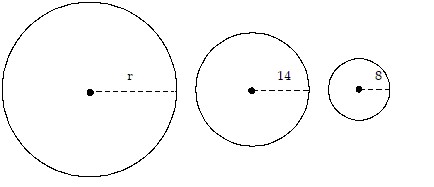
A. (260 + ?)r2
B. ?r2 + 260?
C. ?r2 + 196?
D. ? + 260
Answer: B
You might also like to view...
Use the given transformation to evaluate the integral. src="https://sciemce.com/media/4/ppg__ghvb0609192137__f1q29g7.jpg" alt="" style="vertical-align: -4.0px;" />
A. 25(1 - cos 8)
B. 25(1 + cos 8)
C. 50(1 - cos 8)
D. 50(1 + cos 8)


 Rwhere R is the parallelogram bounded by the lines
Rwhere R is the parallelogram bounded by the lines 


Determine whether the following is always true or not always true. Given reasons for your answers.(u × v) ? v = u ? (u × v)
What will be an ideal response?
Sketch the logarithmic function.f(x) = log3 (x) - 2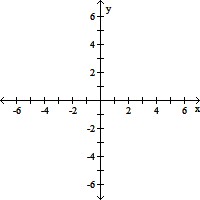
A. 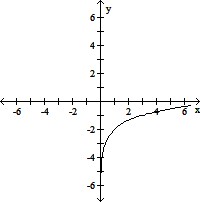
B. 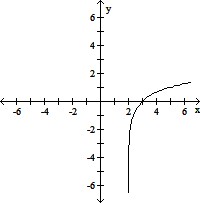
C. 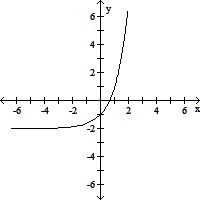
D. 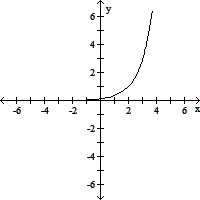
The rectangular coordinates of a point are given. Find polar coordinates for the point.(0.6, -1.1) Round the polar coordinates to two decimal places, with ? in degrees.
A. (1.25, 57.93°) B. (1.25, -61.39°) C. (1.25, -57.93°) D. (1.25, 61.39°)